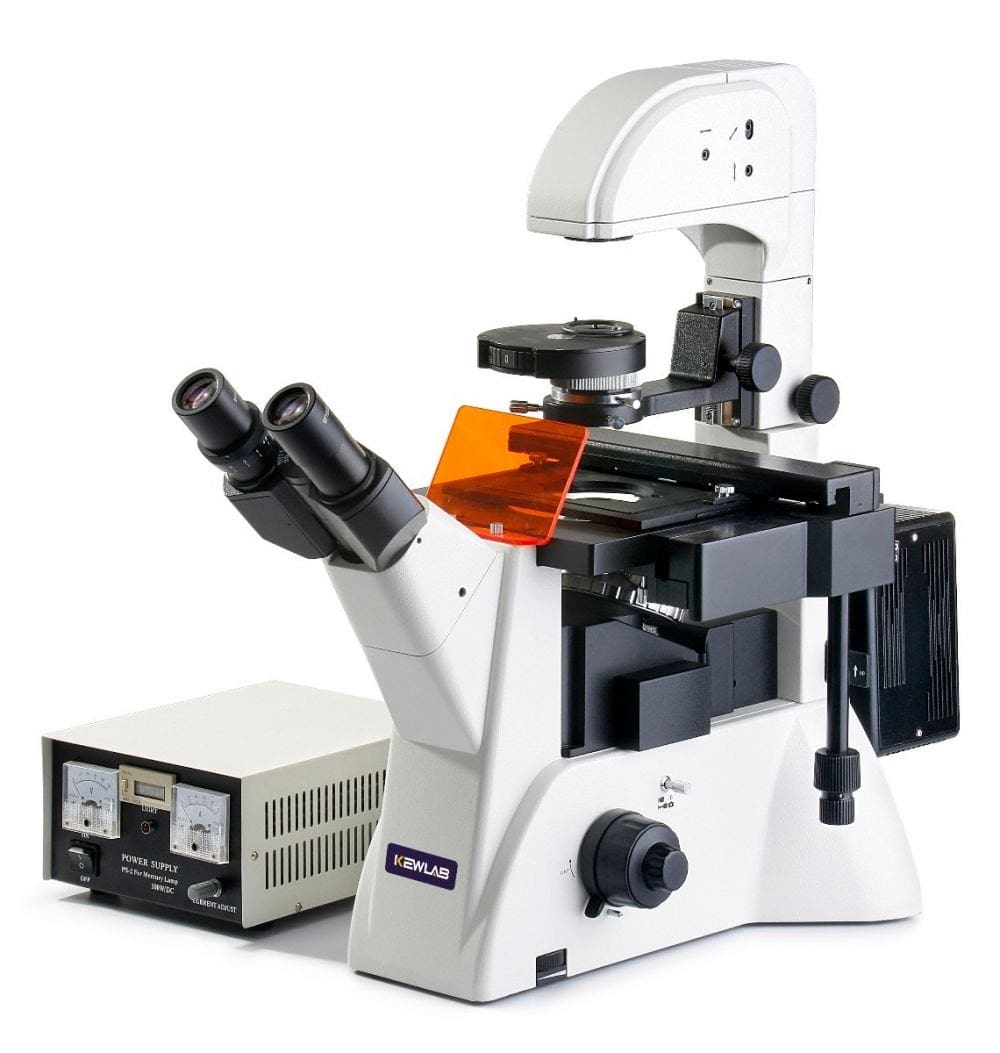Factors to Consider While Buying the Microscope
Thinking of “What to consider when buying a microscope”? Well, the answer is not simple. They are available in various models, brands, and prices in the market. So, you have got many options ranging from metallographic, tungsten, quartz-halogen to inverted fluorescence microscopes. Feeling confused? Don’t worry, below you will find tips for choosing the right microscope as per your needs.
Know The Basic Types of Microscope
There are two basic types of the microscope:
- Stereo microscopes: Low magnification for large objects.
- Biological microscopes: High magnification for smaller samples.
If you need high magnification, for example, to examine cell structures, you should go for a biological microscope. On the other hand, if you need to examine electronic circuits or other relatively large objects, it would be more convenient to choose a stereo microscope.
- Define Your Needs
The purpose for which we are going to use it should be the most important factor when buying a microscope. Simply put, what you wish to see and what you will do with that image will determine what type of microscope you need. Having said that, we have come up with three different segments of people that require microscopes, and we have given our suggestion for them below:
Segment 1 – For Primary Students
For primary school students, a simple stereo microscope may be sufficient. Stereo Microscopes are ideal for examining insects, flowers, coins, etc. They are ideal for children to examine objects immediately and on a scale that will allow kids to understand what they see. Besides, these microscopes do not require slide sample preparation, so they are easy to use.
Segment 2 – For Biology or Medicine Studies And College Students
For high school or college students, clinical labs, and biological studies, get yourself a biological microscope. These types of microscopes have higher resolution and better contrast. However, don’t fall into the trap of being drawn to high-power microscopes. The vast majority of microscopy applications do not require more than 60X magnification. See an example.
Help Tip: If the microscope is to be used daily or almost daily, purchase a binocular microscope. The dual-lens does not necessarily give us a better image, but it helps reduce eye fatigue.
Segment 3 – Those Who Work with Large Objects
For biologists performing dissections, technicians examining electronic circuit boards, paleontologists working with fossils, or anyone who needs to study relatively large objects (not cells), the best option will be a stereomicroscope. They use a double lens system and allow you to see the image in 3D.
Do You Need To Take Photos Or Videos?
Although it is technically possible to mount a camera on a mono or binocular microscope, it is best to use a trinocular microscope for this purpose. These are specifically designed to attach cameras to the third eyepiece without interfering or interrupting your observation. There is also an option of working with digital microscopes, which capture the images in digital format and transmit them directly to the computer.
Advanced Applications
For high-tech, industrial, or advanced applications, you may need a specialized microscope like:
Fluorescence microscope: It cost a bit more and was the most popular until the advent of LEDs. It provides a high gloss that appears white to the human eye but is actually made up of a mixture of different colors that stimulate white. Thus, you can modify the actual color of the samples – which is the best fluorescence microscope function. One of its main advantages is that it produces less heat, making it suitable for observing live samples. Its lifespan is longer.
There are also other advanced microscopes like Tungsten, Quartz halogen, and Polarized light, each having its advantages. Research and choose which will serve best for your purpose.
Tips For Maintaining Your Microscope
- At the end of the job, leave the lower magnification objective in the observation position.
- When you are not using the microscope, please keep it covered with its cover to avoid dirt and damage to the lenses.
- Don’t leave the slide on the stage if you are not using the light microscope.
- If you are not going to use it for a long time, store it in its box in a closet to protect it from dust
- Don’t touch the lenses with your hands. If they get dirty, clean them gently with filter paper or optical paper (the second option is much better)
So, that’s all we have for you today. But don’t worry, we will come back soon with more such posts!






